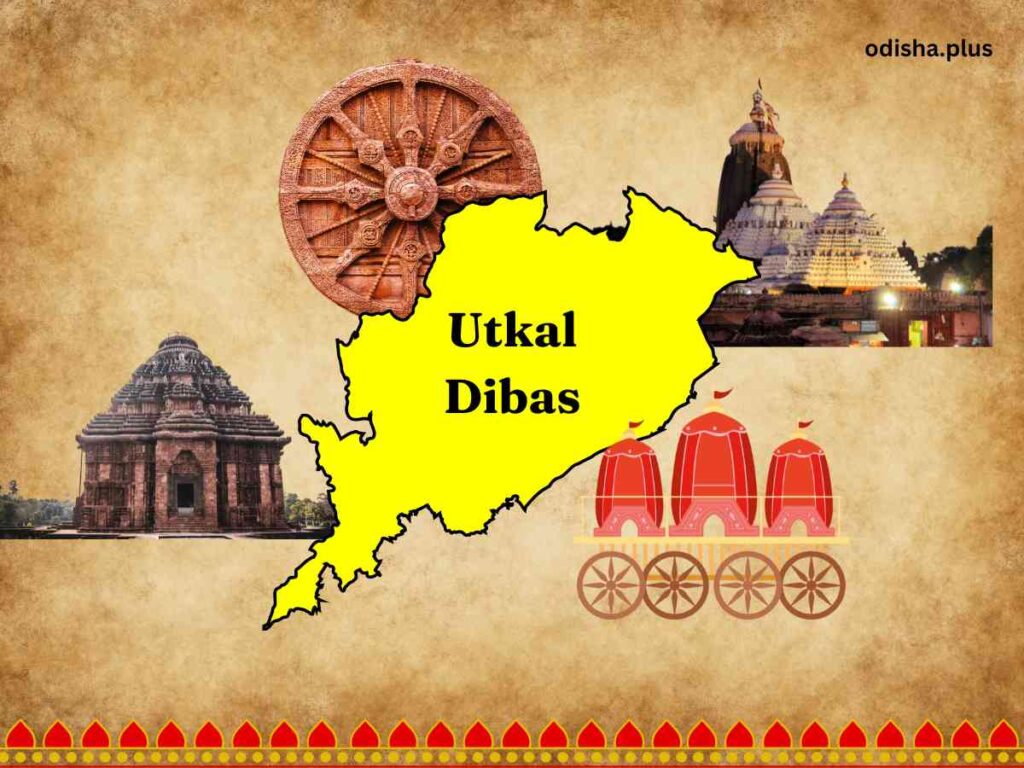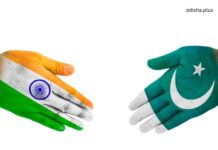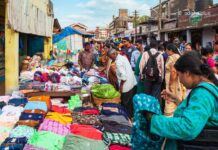Odisha, a land of timeless heritage and natural splendor, continues to captivate with its blend of ancient history, vibrant culture & emerging prominence in tourism & cinema
Santosh Kumar Biswal & Dharitri Das

Recently, Odisha was in the national news. Odisha, often called the ‘Soul of India’ for its rich cultural heritage, ancient monuments and diverse tribal culture has now become the destination of film shoots. The shoots of a film in Koraput witnessed some sort of developments including Priyanka Chopra’s comeback to an Indian film after a hiatus, starring in Oscar-winning Director SS Rajamouli’s upcoming film ‘SSMB29’ opposite to Mahesh Babu. Known for its captive natural beauty, its tribal culture and calm landscapes, Koraput has become a new hot spot for filmmakers and tourists in search of a mix of adventure and tranquility.
Odisha has been incredibly connected to its history. The Kalinga war fought between the Maurian Empire and the Kalinga Kingdom in 261 BC, but was a turning point in Emperor Ashoka’s life, loving the abandonment of violence and accepting Buddhism. Built in honour of this transformation, the Dhauli is a symbol of the world, attracting thousands of visitors each year. The site features its ancient direction and sculptures, and continues to inspire and shine in the light of Ashok’s incredible journeys. This Peace Pagoda has become a place of cultural programmes and Buddhist monks from across the globe are often visiting this Shanti Stupa.
Odisha’s contribution to India’s freedom struggle remains remarkable. Here in Odisha, the Paika Rebellion in 1803 and 1817 marked the beginning of the drums of freedom and the struggle of independence against the British. When the British took over Odisha in 1803, the first uprising against the foreign rulers took place in Khordha the following year, under the rule of minor king Mukunda Deva II. The king’s unwavering minister, Jayee Rajaguru, was hung in 1805 for aiding and abetting the uprising. There have been claims from Odisha to name Paika Rebellion and Rajaguru as India’s first freedom struggle and the first martyr of India respectively.
Baji Rout believed to be the youngest martyr in the history of the freedom movement of India, was killed by the British for declining to ferry them across the Brahmani river. The Jnanpith award-winner Sachidanand Routray has rightly enunciated young Baji in the poem ‘Boatman’ as “It is not a pyre, O Friends! When the country is in dark despair, it is the light of our liberty. It is our freedom-fire.” Moreover, the Government of Odisha has decided to celebrate widely this martyr’s birth anniversary next year.
This state has experienced the invaluable women leaders like Rama Devi Choudhury whose contributions were immense during the freedom struggle. Rama Devi, who was greatly inspired by Mahatma Gandhi, involved in the non-cooperation movement and joined the Indian independence movement in 1921. She actively participated in the Salt Satyagraha campaign in Odisha. She devoted herself to Acharya Vinoba Bhave’s Bhoodan and Gramdan movement following India’s independence. Rama Devi Women’s University at Bhubaneswar named in her memory is the first women’s university in eastern India, serving to empower women students in the field of higher education and research.
Odisha is a powerhouse of art and culture. The whole world boasts this land’s artistic skills. Pattachitra is inspired by Jagannath and Vaishnava sect. Raghurajpur heritage crafts village in the state is such a place where every home is an art boutique. Several craftsmen are active on Instagram to reach urban consumers in distant places, fostering the spirit of entrepreneurship.
A couple of years back, the Prime Minister of India lauded Pattachitra in ‘Mann Ki Baat’ programme. Renowned sand sculptor and Padma Shri awardee Sudarsan Pattnaik broke the Guinness world record for creating the world’s largest sand castle. The popular sand art is communicating messages on various subjects including HIV AIDS, terrorism, environment and geopolitical issues.
Odissi dance originated from Odisha enjoys its journey from classical roots to contemporary relevance, facilitating for further experimentations. By investigating modern subjects and collaborating with specialists from differing nations, this dance form is able to keep the convention important and reinterpret it to reverberate with our present day, interconnected world.
Last year, a group of 22 US-based Odia dancers from New York, New Jersey and Pennsylvania performed Odissi at New York Diaspora event for the prime minister of India. Indian celebrity chefs like Sanjeev Kapoor, Vikas Khanna and Ranveer Brar have endorsed pakhala platter. Chhena poda, dalma, macha besara are also buzzing in the domain of cuisine. Some of the popular sweets are available in e-commerce platforms.
Today the entire state is celebrating Utkal Divas for its progress, resilience and unity. On April 1, 1936, Bihar and Orissa were divided into distinct provinces. The province of Orissa was established on a linguistic foundation during the period of British governance in India. Utkal Divas is a day to remember the struggle and victory of the people of Odia in the struggle for another state. The state is making all its presence in the socio-cultural spheres in the nation. Odisha continues to invent itself in its better versions. Hence, it is worth celebrating Utkal Divas. Happy Utkal Divas!
(Santosh Kumar Biswal is an Associate Professor & Dharitri Das is a Master’s student in the Department of Journalism and Mass Communication, Rama Devi Women’s University, Bhubaneswar. Views expressed are personal.)



























